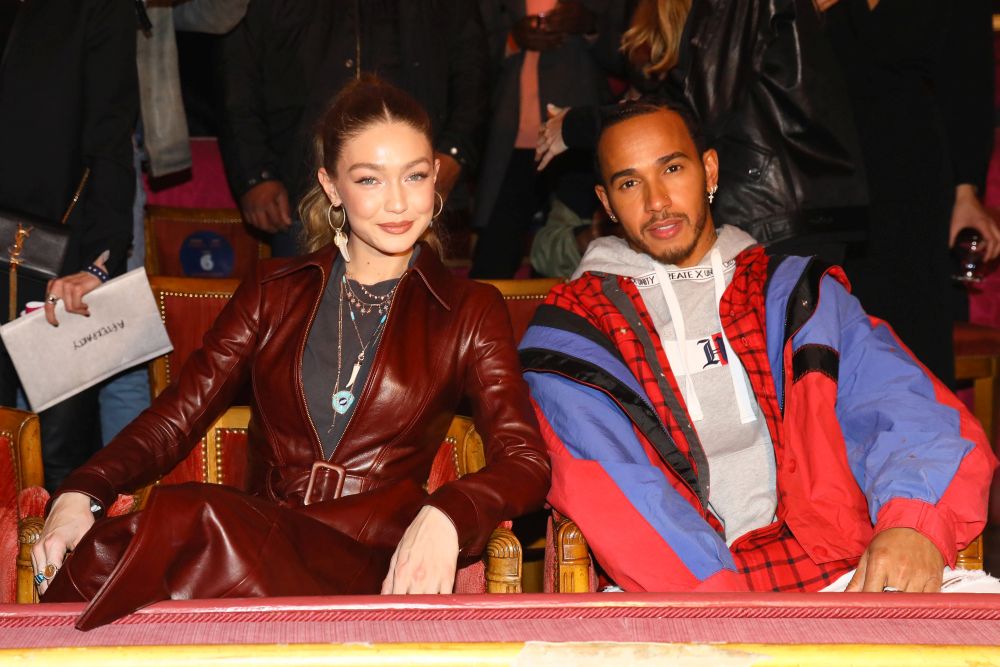One of the top questions we field from our clients relates to appealing to a younger demographic. It isn't just us, as the shift for many years has been about attracting millennials and keeping them engaged and it has become a top priority for marketing teams as they continue to set goals.
We are seeing companies make dramatic changes in effort to serve a new set of consumer behaviors made possible by higher connection, new technologies and faster pace. It seems the way forward is composed of two opposite approaches: improved digital work and unique experiences.
More often than not, companies are deploying a trial-and-error approach to engage an audience that has been resisting traditional engagement techniques. New techniques have surfaced, while the more traditional ones have gone through massive change themselves. Our friends at SportsPro Media have gone out to say that sponsorship relationships have been particularly disruptive. Millennials engage with sports differently compared to the generation that precedes them and this seems to have stumped a lot of the leading properties. However, we see this behavior shift as one marked with loads of opportunities for brands and marketers to deliver content and experiences in ways that align with their lifestyles.
The incoming generation has simply highlighted issues that have been around for a long time, but not prioritized. Forgetting the generational gaps for a moment, finding your perfect mix of assets to leverage for your objectives in motorsports marketing can be challenging even on its own. Nailing your sports business strategy is also a unique challenge. We often hear our clients ask questions such as:
– How can we create a memorable experience?
– How can we make an impact in the minds of a new audience?
– How can we induce a sense of passion and connectivity to the brand?
These questions have been around for some time but never before with such actionability. When approached creatively and strategically, the modern forms of sponsorship (especially in motorsports) create a platform that can answer these questions far more effectively than traditional media buys or advertising.
Improved digital work
The world of motorsports is actively updating tools and properties designed for you to activate and engage millennials through. We have seen a lot of success with the right interactive content, Esports, and other digitally-supported experiences while maintaining the importance of the onsite experience. Esports is particularly interesting because brands are so organically integrated into real life racing, there is a much more natural story you can tell to a larger audience of millennial Eracers. This allows you to activate the level of their enthusiasm and their curiosity to know more about motorsport and how it is portrayed in real life. Because often millennials are blending physical reality with virtual reality, this platform allows your brand to do the same right along with them.
Unique experiences
Another factor that is challenging brands' traditional forms of engagement is what millennials choose to spend their disposable income on. Owning houses, cars and other big-ticket items are being delayed in favor of meaningful experiences. This is a massive opportunity for brands with sponsorship property, especially in motorsports due to the visceral nature of being live and in-person at a race.
Sponsors can inject a whole lot of energy in live events to convert them into experiences that this audience would remember for a lifetime. Because investing in sponsorship gives you a platform to market on, you gain access to VIP access, celebrity appearances, unique content opportunities and more. If you are looking for a best practice on how a brand has built one of a kind experiences through sponsorship, look no further than Marriott Bonvoy.
Stay open
No matter your approach, engaging with millennials requires brands to create a two-way street of communication. There is no more “pushing” messaging onto an audience that has become professional at filtering out noise that is not relevant or purposeful. That can be a challenging habit to break, notably for brands in more traditional industries.

